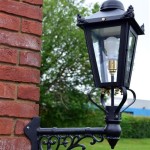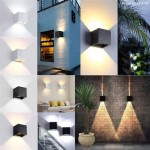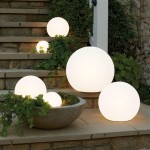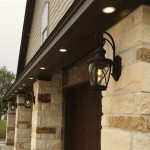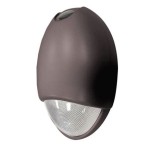Outdoor Swimming Pool Lighting Design
Designing the lighting for an outdoor swimming pool is an essential aspect of creating an inviting and enjoyable space. Proper lighting can enhance the aesthetics of the pool area, improve safety, and extend the usable time of the pool during the evening hours. This article will explore key elements of outdoor swimming pool lighting design, providing insights into the considerations and techniques that contribute to a well-illuminated and aesthetically pleasing swimming environment.
Types of Outdoor Swimming Pool Lighting
There are numerous types of lighting options available for outdoor swimming pools, each with its unique characteristics and applications.
1. In-Pool Lighting: In-pool lights are submerged in the water and illuminate the pool from within. These lights are typically LED lights, known for their energy efficiency and longevity. In-pool lights can be recessed into the pool walls or mounted to the bottom of the pool. Their placement can impact the overall illumination, highlighting specific areas or creating dramatic underwater effects.
2. Deck Lighting: Deck lighting focuses on illuminating the surrounding area around the pool, providing safety and ambiance. These lights can be installed as recessed fixtures in the pool deck, mounted on posts or walls, or used as landscape lighting to highlight landscaping features. Deck lighting can utilize LED lights, halogen lamps, or other types of fixtures, depending on the desired effect.
3. Accent Lighting: Accent lighting adds a decorative touch to the pool area, highlighting specific features or creating mood. It can include spotlights to emphasize architectural elements, uplighting to accentuate plants and trees, or string lights to add a festive touch. Accent lighting can enhance the overall ambiance and create a visually appealing environment.
Key Considerations for Outdoor Swimming Pool Lighting Design
When designing lighting for an outdoor swimming pool, several factors should be carefully considered to ensure optimal results.
1. Functionality: The primary function of swimming pool lighting is to provide adequate illumination for safety. This includes illuminating the pool surface, steps, ladders, and surrounding areas to prevent accidents and ensure visibility. Lighting should be strategically placed to eliminate dark spots and ensure clear sightlines.
2. Aesthetics: Beyond functionality, lighting can significantly enhance the aesthetics of the pool area. It can create a relaxing and inviting atmosphere, highlighting the beauty of the pool and surrounding landscape. Different lighting techniques can be employed to create various moods and effects.
3. Energy Efficiency: Energy efficiency is an essential factor in outdoor lighting. LED lights are highly energy-efficient and have a long lifespan, making them a cost-effective choice. Selecting energy-efficient lighting options can reduce electricity consumption and minimize environmental impact.
4. Safety: Safety considerations are paramount in outdoor pool lighting. Fixtures should be installed properly and securely, avoiding potential hazards. Choosing fixtures with appropriate certifications and ensuring proper grounding can minimize electrical risks.
Creating a Cohesive Design
Designing a cohesive lighting plan for an outdoor swimming pool involves integrating various types of lighting to achieve a balanced and aesthetically pleasing result.
1. Color Temperature: Color temperature, measured in Kelvin (K), impacts the overall mood and appearance of the lighting. Warm white light (2700-3000K) creates a cozy and inviting ambiance, while cool white light (4000-4500K) provides a brighter and more energetic feel. Choosing the appropriate color temperature for different areas can enhance the overall design.
2. Lighting Layers: Creating different layers of lighting adds depth and interest to the pool area. This can include ambient lighting for general illumination, accent lighting to highlight features, and task lighting for specific areas like a barbecue or dining area.
3. Control Systems: Smart lighting control systems offer convenience and flexibility. These systems allow users to adjust lighting levels, colors, and schedules remotely, making it easy to create different moods and personalize the lighting experience.
The design of outdoor swimming pool lighting requires careful consideration of functionality, aesthetics, energy efficiency, safety, and the integration of different lighting types. By applying these principles, pool owners can create a well-illuminated and visually appealing space that enhances the overall enjoyment of their outdoor living environment.

Swimming Pool Lighting Ideas Landscaping Network

Pool Landscape Lighting Design Ideas And Photos Outdoor Landscaping

53 Pool Lighting Ideas For Every Style In 2024 Swimming Designs Modern Pools

Swimming Pool Lighting Ideas Landscaping Network

10 Great Ways To Light A Swimming Pool This Summer Landscape Lighting Pro

Swimming Pool Lighting Ideas Landscaping Network

Pool Landscape Lighting Design Ideas And Photos

Tips For Selecting The Best Lighting Your Swimming Pool Natural Pools

Pool Lighting Outdoor Perspectives Of St Louis

Brighten Swimming Pool Areas With Designer Lighting Archi Living Com Web By Architects And Designers
Related Posts

